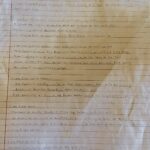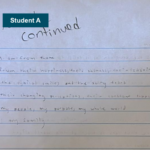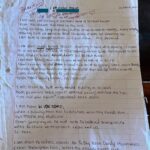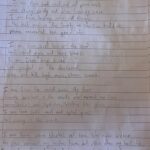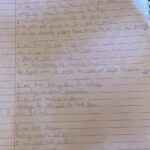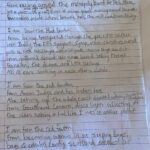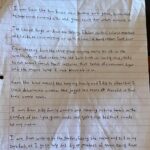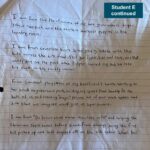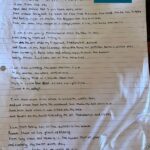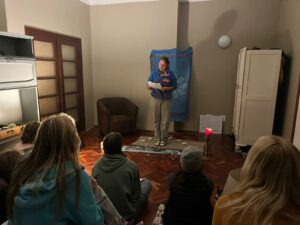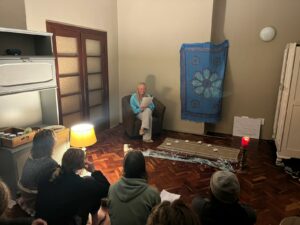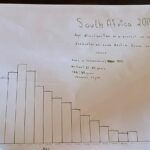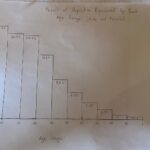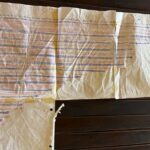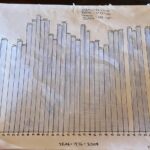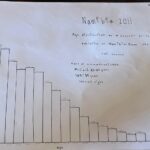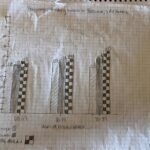Collaborative projects and place-based learning continue to be driving forces in each class! Take a peek at some recent work from two classes: Honors Literature and Composition and Honors Statistics.
Honors Literature and Composition just finished their second unit, Poetry Explication and Exposition. The essential question of this unit was: how do poets employ language to convey powerful message and evoke emotions? Students explored this essential question through reading and analyzing a variety of poems such as “Mysterious Marriage” by Freedom Nyamubaya, “Land” by Angkor Krog, “The Cricket Test” by Kayo Chingonyi, and “Poem” by Barolong Seboni. Through doing so, students also developed answers to this units’ driving questions: In what ways does cultural and historical context shape the themes and forms of African poetry? And, do specific sensory details and poetic devices support narratives?
With these developed competencies and understandings, students then engaged in a process of self reflection and wrote a “Where I’m From” poem, a famous project that asks students to write a poem that shares how their life experiences have contributed to their identities. Students crafted their poems in a series of workshops with brainstorming, teacher feedback, teacher conferencing, peer feedback, and editing.
Click on an image to see it full-sized. We’ve removed student names for anonymity since these are beautifully personal. We know that unfortunately some have faint writing that is difficult to read.
On Sunday, students gathered for a poetry night in our “Traveling School Teahouse.” Students enjoyed tea and treats and celebrated their peers as they shared their poems. We are very proud of the students’ hard work, self reflection, vulnerability, and growth mindset!
In Statistics, students just wrapped up their “Tools of Data” unit with their final project, a statistical investigation of population data in Zambia, Botswana and Namibia.
The students followed a four step statistical investigation process:
- Formulate a question or questions that can be addressed with data.
- Design an employer plan for collecting data.
- Analyze and summarize the data.
- Interpret the results from the analysis, and answer the questions on the basis of the data.
Through this process, students practiced their skills in generating questions, summarizing the data, interpreting statistical analysis, and describing patterns of distributions.
See the pictures below for the craft part of the students’ projects.
Click on an image to see it full-sized.
– Arden Simone, Literature teacher & Program Coordinator

